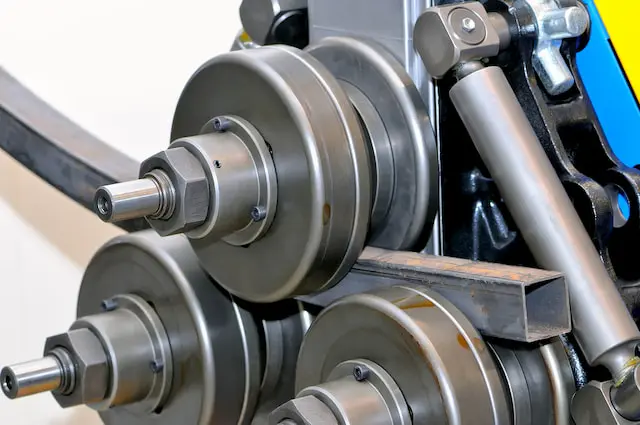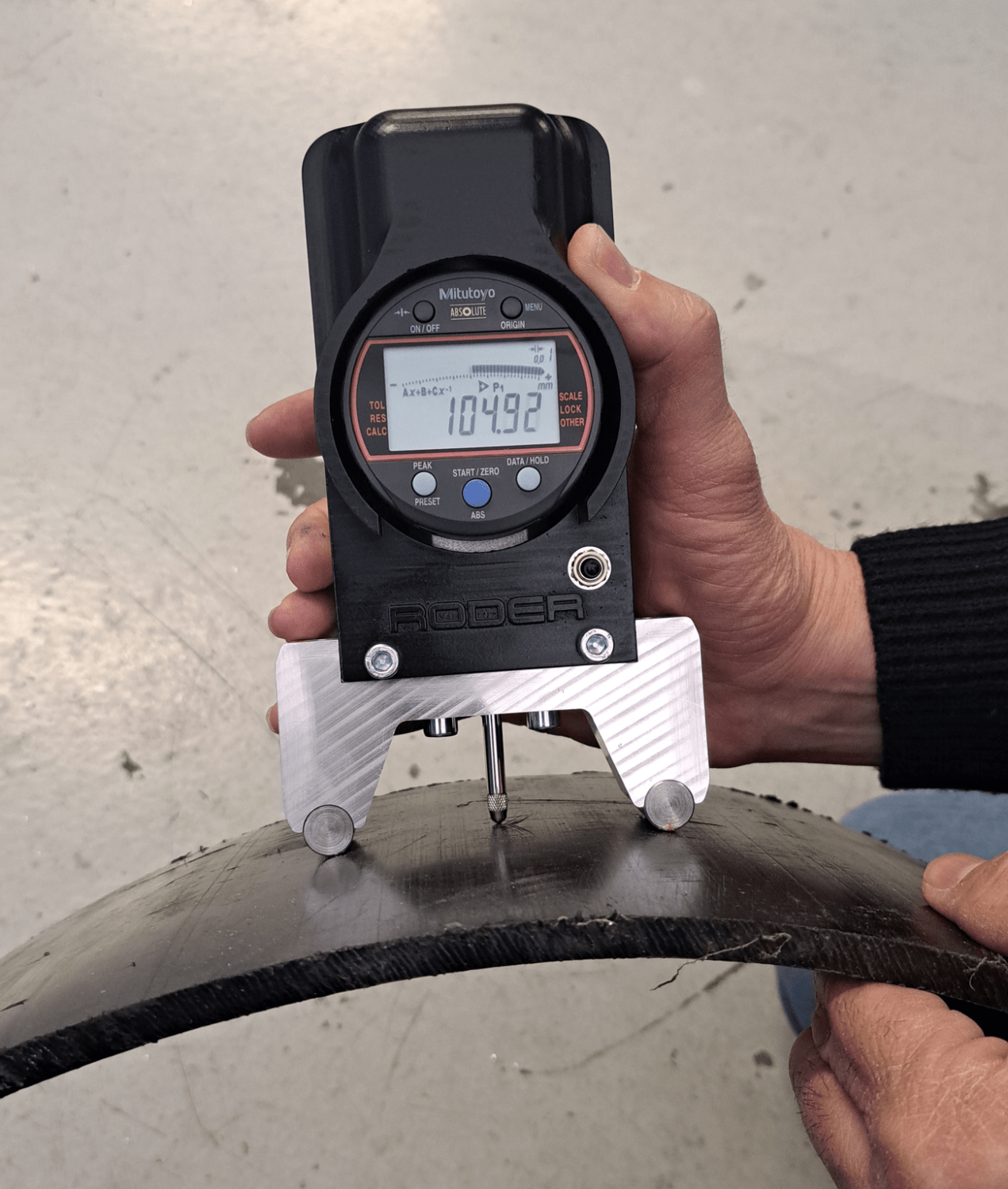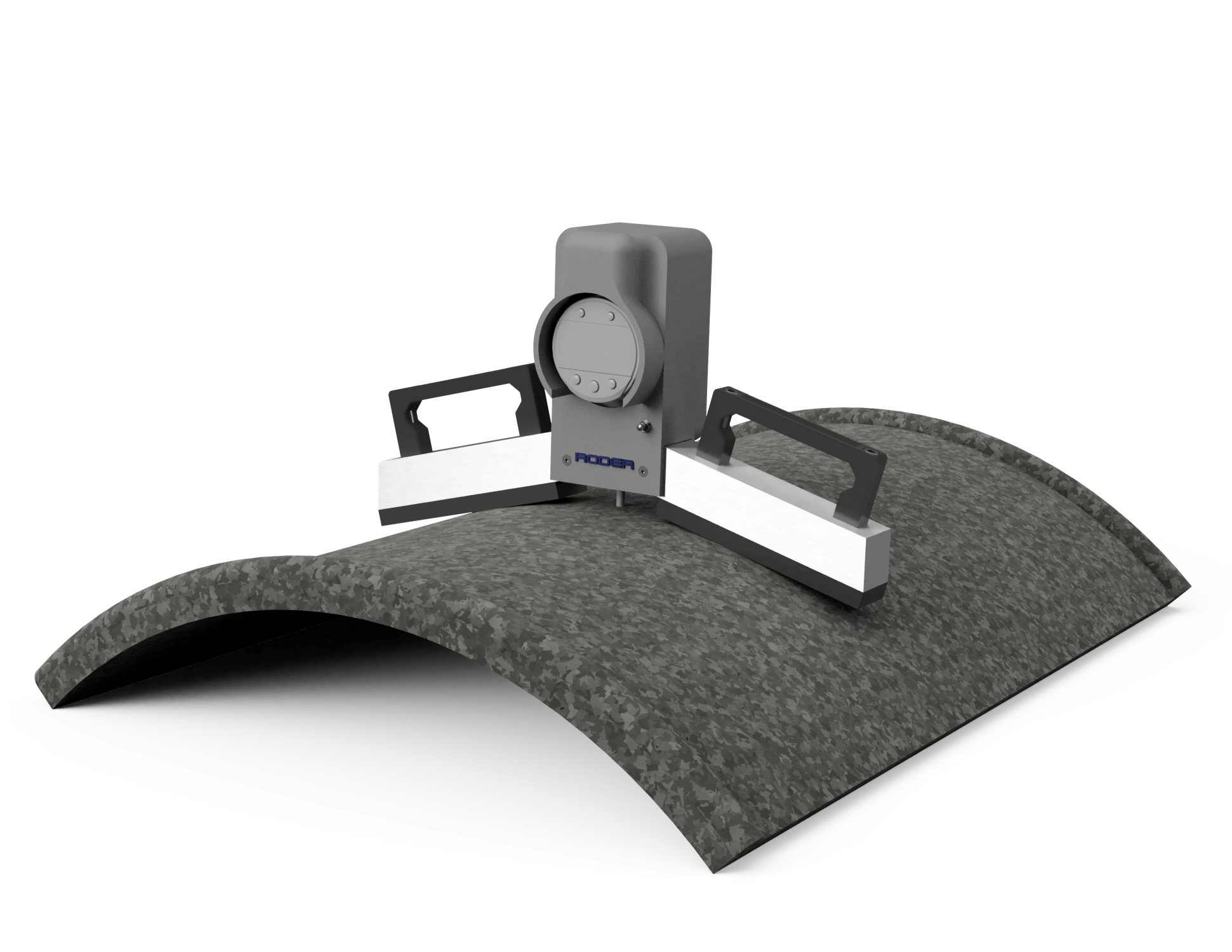Tag: profile measurement
-
Non-contact profilometry and reverse engineering with LASER scanner
Innovative and practical system for controlling the profile of railway rolling stock. It is possible to detect both the profile of the wheel flange and the profile of the brake disc or the profile of the track. The entire measurement system is controlled by a tablet with dedicated software.
-
RIMAS - Robotic system for inspection, measurement and assembly of mechanical parts
Robotic system for the automatic inspection of mechanical parts in the production line. Used for the assembly of mechanical parts and for non-destructive quality control. Wide range of measurements and usable technologies (cameras, laser scanners, eddy current, torque cells, dynamometers, laser micrometers, laser marking) High customization and integration into the production line…




